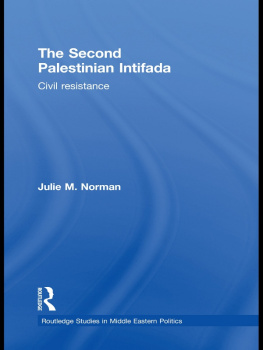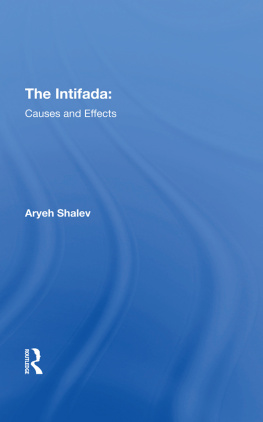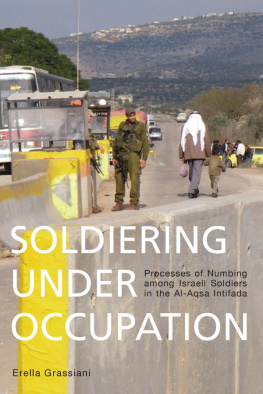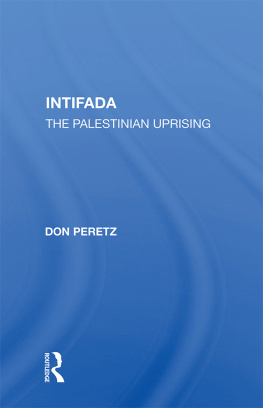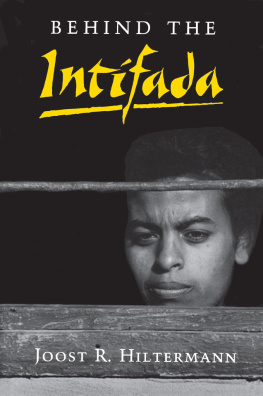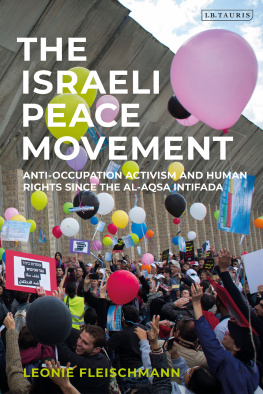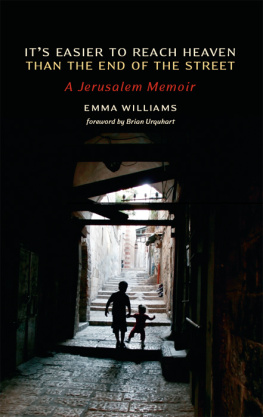Did you want to kill him, Buck?
Well, I bet I did.
What did he do to you?
Him? He never done nothing to me.
Well, then, what did you want to kill him for?
Why, nothing only its on account of the feud.
Whats a feud?
Why, where was you raised? Dont you know what a feud is?
Never heard of it before tell me about it.
Well, says Buck, a feud is this way: A man has a quarrel with another man, and kills him; then that other mans brother kills HIM; then the other brothers, on both sides, goes for one another; then the COUSINS chip inand by and by everybodys killed off, and there aint no more feud. But its kind of slow, and takes a long time.
Has this one been going on long, Buck?
Well, I should RECKON! It started thirty year ago, or somers along there. There was trouble bout something, and then a lawsuit to settle it; and the suit went agin one of the men, and so he up and shot the man that won the suitwhich he would naturally do, of course. Anybody would.
What was the trouble about, Buck?land?
I reckon maybeI dont know.
Well, who done the shooting? Was it a Grangerford or a Shepherdson?
Laws, how do I know? It was so long ago.
Dont anybody know?
Oh, yes, pa knows, I reckon, and some of the other old people; but they dont know now what the row was about in the first place.
The Adventures of Huckleberry Finn
by Mark Twain
Background to the IsraeliPalestinian Conflict
1947 The British refer the Palestine problem to the United Nations, which passes a resolution for the partition of Palestine.
1948 The state of Israel is declared. The result is the first ArabIsraeli war, which lasts from May until January 1949.
1956 After Egypts nationalization of the Suez Canal, Israel invades the Sinai in league with Anglo-French forces. Due to Soviet threats to intervene and American refusal to support the action, the invading forces withdraw.
1964 The League of Arab States founds the Palestinian Liberation Organisation (PLO).
1967 The Six Day War. Egyptian, Syrian and Jordanian forces invade Israel. In response, Israel occupies the West Bank, Gaza Strip, East Jerusalem, Syrian Golan Heights and Egyptian Sinai Peninsula.
1973 The Yom Kippur War. Egypt and Syria launch attacks to try and regain land lost in the 1967 war, but fail.
1979 The Camp David Accords. Egypt signs a peace treaty with Israel, the first Arab nation to do so. Israel withdraws from Sinai but continues its occupation of Gaza.
1982 Israel invades Lebanon under the command of Ariel Sharon with the aim of destroying the PLO. Thousands of civilians are killed during the operation and the PLO flees Lebanon, dispersing to other Arab countries, with a headquarters in Tunisia.
December 1987 The first intifada begins in the Gaza Strip and spreads to the West Bank. The situation appears outside the control of the PLO, and the Islamic fundamentalist group Hamas begins to emerge as an important player.
1991 The Gulf War. The PLO backs Saddam Hussein, which results in the withdrawal of its support and funding by Arab governments.
1992 As a result of its new-found isolation and financial hardship, the PLO is forced to begin negotiations with Israel, which lead eventually to the Oslo Peace Agreement.
1994 The Oslo Peace Agreement is signed. The deal sees the PLO return to the West Bank and Gaza Strip in the form of the Palestinian Authority (PA). It is the first peace deal between the PLO and Israel. However, the agreement leaves all Final Status issues unresolved. These are:
- The return of Palestinian refugees from 1948 to their homes
- Where the borders of the Palestinian state will lie
- The status of Jerusalem
- The status of Israeli settlements on Gaza and the West Bank
A deadline of 1999 is set for the resolution of Final Status issues.
1994 Israeli troops withdraw to the edges of major Palestinian population centres, to be replaced by the Palestinian police force. The result is increased poverty and authoritarian rule administered jointly by the PA and Israel.
1999 The deadline for resolution of Final Status issues passes. There has been no change in the situation, except for increased poverty in Palestinian areas and the massive growth of Israeli settlements, which have doubled in number between 1992 and 1999. The lack of a political solution results in increased tension and outbursts of violence between Israeli troops and Palestinian stone-throwers.
2000 Bill Clinton, attempting to establish a legacy for himself during the last days of his presidency, calls a conference at Camp David. Negotiations break down and delegates return to the Middle East with tension increased still further.
2000 Ariel Sharon decides, for internal Israeli political reasons, to visit Haram al-Sharif in Jerusalem, which is Islams third holiest site and the holiest site in Judaism. The following day Palestinian stone-throwers take to the streets in protest in Gaza and the West Bank, marking the start of the al-Aqsa intifada.
2001 Ariel Sharon defeats Ehud Barak in an election and becomes Prime Minister. Palestinian suicide bombings are matched by invasions of Palestinian cities by Israeli tanks, raids by helicopter gunships, and the placing of two million people under curfew.
2002 Israel re-occupies West Bank cities and begins building a 370-mile barrier, separating the West Bank from the rest of Israel.
2003 Attempts to revive the peace process fail. The Roadmap, a peace plan drawn up by the Quartet (United States, European Union, Russian Federation and United Nations), is signed by Palestinians and Israel, but security problems result in its early derailment.
December 2003 Israel announces a policy of unilateral disengagement from the Gaza Strip.
November 11, 2004 Arafat dies. Former Palestinian Prime Minister Mahmoud Abbas replaces him as leader.
February 2005 Israeli Prime Minister Ariel Sharon and Palestinian President Mahmoud Abbas declare an informal ceasefire. Palestinian militant groups say they are not bound by the pledges made by both sides, but agree to observe a de facto truce.
AugustSeptember 2005 Israeli soldiers remove 9,000 Jewish settlers from the Gaza Strip and West Bank and formally withdraw their military bases in September, ending 38 years of occupation.


